For once I don't have to write that the key enhancement to the 2017 Pro V1 and Pro V1x is that it is softer. Every manufacturer - softer, softer, softer - every time! So much so that, as you can see, I can have gone soft in the head, which is also spinning more too.
Thankfully the main benefit of the 2017 Pro V1 range is a more consistent flight thanks to better production of the moulds that are used to cast the dimples.
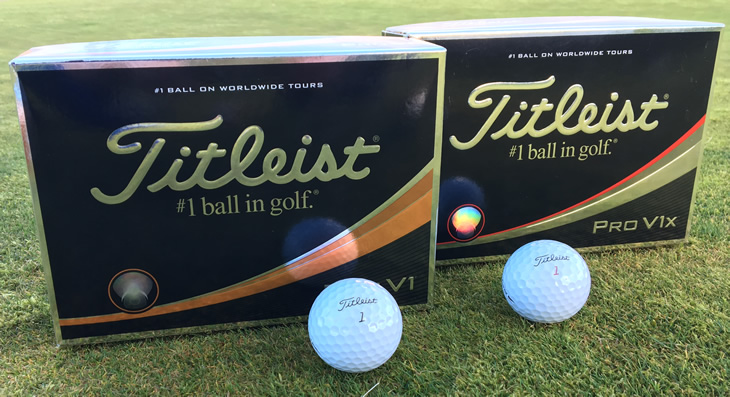
Titleist are one of the few to make their moulds in the USA and then send them to their overseas factories (if President Trump continues to let them) and using laser etching they can more precisely create the shapes of the dimples.

The production process is now also improved and means that the dimples now provide a straighter and more consistent flight than before, which helps distance control and accuracy.
The number and pattern of these dimples is the same, which as you know is a spherical tetrahedron of 352 dimples on the three piece Pro V1 and 328 on the four piece Pro V1x.

Now as I experienced at a Titleist Ball Fitting session, the best way to judge ball performance is not to just whack a few drivers on a launch monitor.
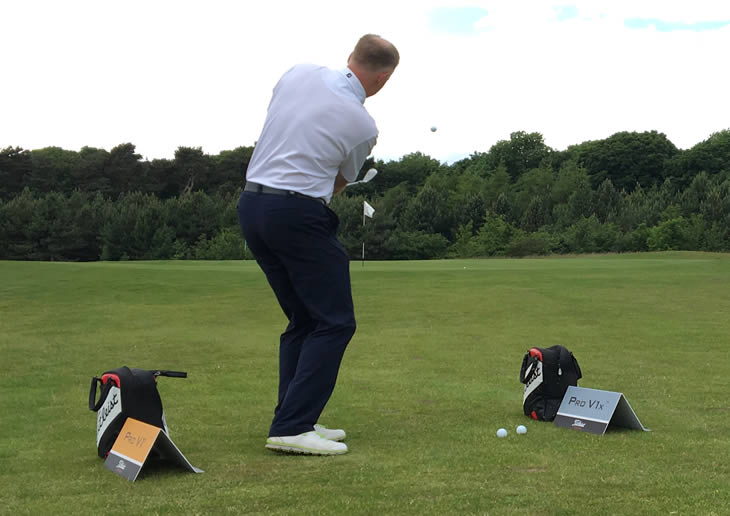
You need to start from the green backwards and starting with the chipping and pitching, the performance of the 2017 Pro V1 and Pro V1x against the 2015 Pro V1 versions was pretty similar. The urethane cover gives the grip and control that you come to expect from a premium tour ball and the excellent durability continues too.
On to the range with the SkyTrak launch monitor and with the wedge the performance was very similar too, with a slight yardage gain from the firmer and lower spinning Pro V1x gaining a couple more yards over the 2015 version and its softer (yes) sibling.
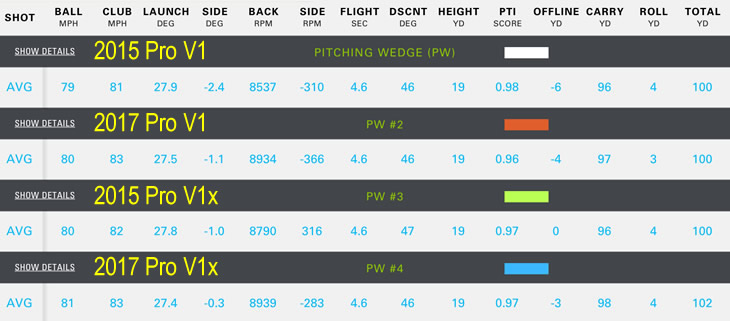
With the irons the story was the same, but with the driver there was more of a performance difference. Both 2017 balls went further than the 2015 versions and looking at the numbers for the Pro V1 it was because the spin was down for me.

This is the main benefit of the new core formulation in the Pro V1 as it now spins less and will fly a little lower than the Pro V1x with the woods and irons in order to make it a little longer.
The Next Generation 2.0 ZG Process Core in the 2017 Pro V1 lies under an ionomeric casing layer and soft Urethane Elastomer cover and this is something that has come from their tour players who wanted more distance but without losing any spin on greenside shots.
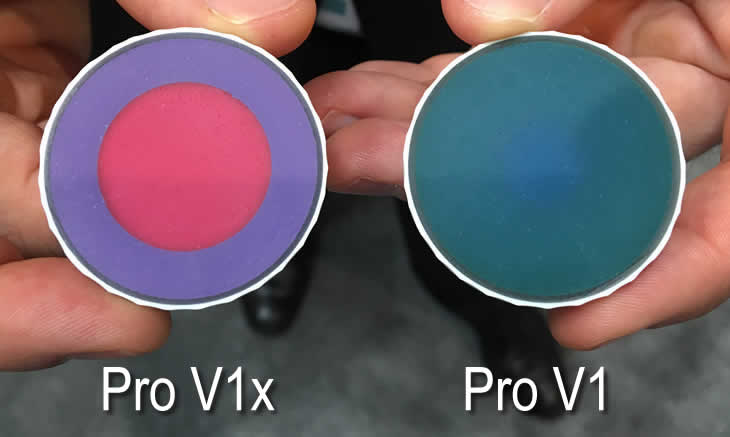
The 2017 Pro V1x uses the same core set up as before and I was showing an extra 6 yards carry. With all the numbers being virtually the same from my Iron Byron like swing, I would have to put this down to the slightly higher peak height, so it looks like the dimples are doing their job.
It feels like there is not much of a radical change with the 2017 Pro V1 balls and that the enhancement is more due to a more precise way of creating what they had before in the dimples. However this theory of marginal gains in improving your processes can sometimes be harder to achieve and the dimple improvements are a step in the right direction.
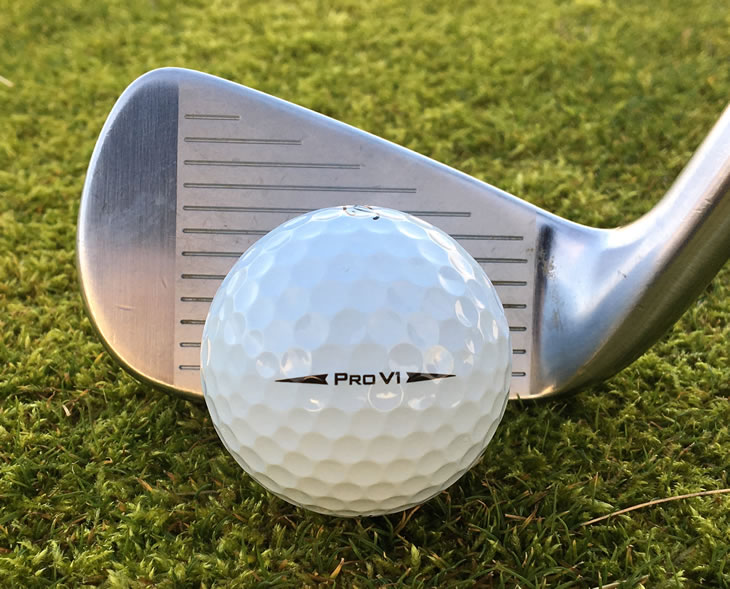
The Pro V1 has undergone more of a marginal gain as it uses the new core to reduce spin and lowers flight as it tries to play catch up with the Pro V1x for distance.
Really though it is about the complete performance of the ball and once again both the Pro V1 balls have the all round feel and performance you have come to expect with the best durability in the premium ball sector.
Oh, and whilst the 2017 Pro V1x has the same constitution as before, the Pro V1 sounds and feels a little softer than the 2015 version too.
But you knew that already...